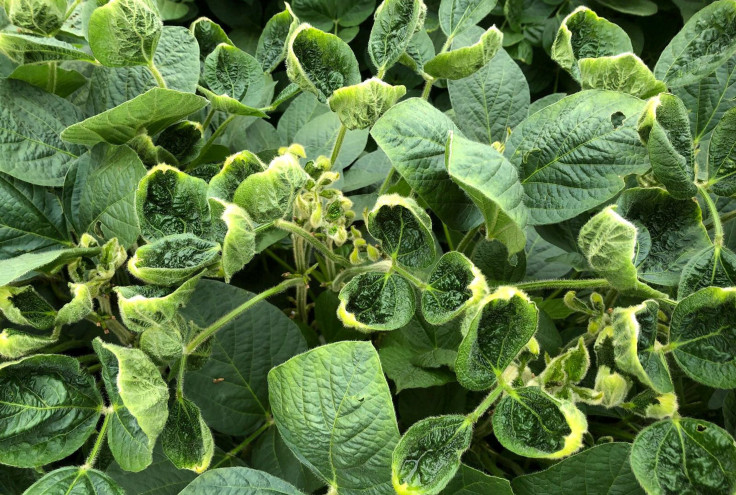EPA Should Revoke Monsanto Weed Killer Approval, Groups Tell US Court

Environmental groups argued in federal appeals court on Wednesday the U.S. Environmental Protection Agency failed to analyze the risks Bayer AG Monsanto's dicamba-based weed killer posed to nearby crops before approving it in 2016.
The groups, which filed a lawsuit in February, want the court to force the EPA to vacate its approval of XtendiMax, arguing it not only harms nearby crops and plants but wildlife as well. It is not clear whether the court has the authority to revoke an EPA approval.
The United States has faced a weed-killer crisis caused by the new formulations of dicamba-based herbicides, which farmers and weed experts say have harmed crops because they evaporate and drift away from where they are applied.
"The EPA's declaration that XtendiMax would have no effect on plants and animals was arbitrary and capricious," Paul Achitoff, a lawyer for non-profit Earthjustice told a three-judge panel at the 9th U.S. Circuit Court of Appeals in Seattle during a hearing.
The arguments come at a critical time for Monsanto and other agrochemical companies that developed dicamba-based products, such as BASF SE's
Monsanto, a unit of Bayer, urged the court to dismiss the lawsuit.
Dicamba is used in part to destroy weeds that have become resistant to glyphosate, another herbicide developed by Monsanto. Monsanto denies crop damage was caused by XtendiMax and says drift occurred because farmers illegally applied older dicamba formulations or failed to follow instructions.
Bayer Chief Executive Werner Baumann during an analyst call last week said his company was in discussions with the EPA about the sales license renewal and expects the agency to decide by October.
Environmental groups, including the National Family Farm Coalition, Center for Food Safety, Center for Biological Diversity and Pesticide Action Network North America, say the EPA failed to conduct its own analysis and instead relied on statements by Monsanto executives and lawyers.
The EPA in 2016 approved new XtendiMax uses for soybean and cotton fields, concluding dicamba would have "no effect" on animals or their habitat.
But U.S. Appeals Court Judge William Fletcher questioned whether the EPA indeed relied on sufficient studies to make its decision.
"After all, you guys turned out to be wrong," Fletcher said, referring to the more than 3 million acres, or 4 percent of the U.S. soybean crop, that was destroyed by dicamba drift during the 2017 planting season, according to a university study.
Reuters
Reporting by Tina Bellon in New York; Editing by Lisa Shumaker
© Copyright Thomson Reuters 2024. All rights reserved.





















